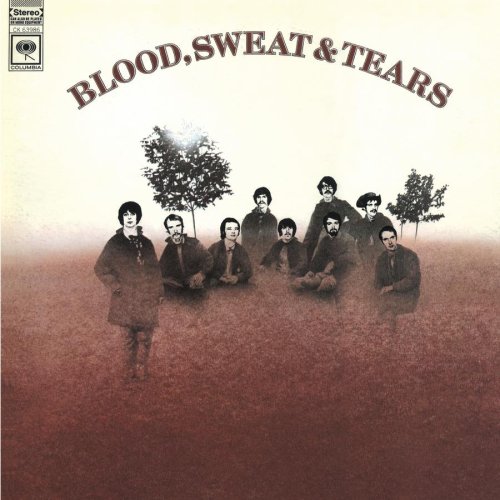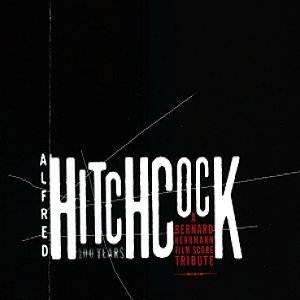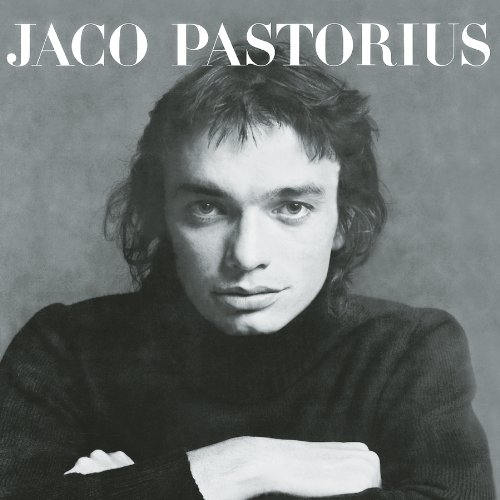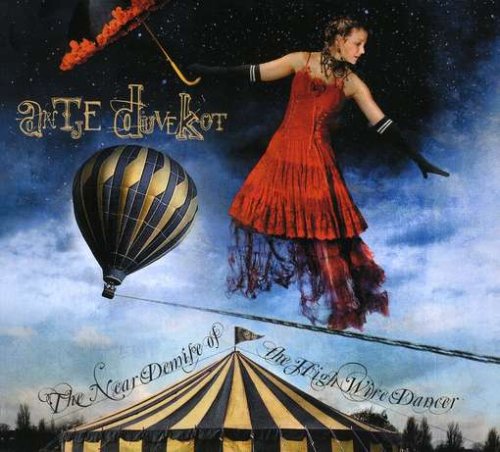1/31/11 – Harvey: Mortuos Plango, Vivos Loco
Between the banal and the chaotic ambiguity hovers, and makes good music.
Our minds don’t want the obvious where we can predict everything as clear as
boring daylight, and we don’t want it too confused either…
At a certain point the very complex meets the very simple.
– Jonathan Harvey
First off, I apologize for the change-up – I know I originally had scheduled Tombeau de Messien as the composition du jour, but feel more compelled to write on this one instead. I find it a more interesting piece for one thing, and am more compelled to write on it as such. Anyone who feels cheated and wants to hear my musings on Tombeau instead, let me know and I’ll oblige – just probably not today. Also, it's on the same CD...
I was first introduced to this piece of music in my Intro to Electroacoustic Composition class at UNT. By then I had heard a lot of the genre – Schaeffer, Stockhausen, Boulez, even some Varese and Zappa. Most of it didn’t appeal to me. I still had this archaic notion that music had something to do with notes in a scale-based pattern, and while manipulating non-musical sounds into different non-music was interesting, it’s not what I wanted to listen to most of the time, and not really what I wanted to write, either. Mortuos Plango was the first piece that didn’t simply intrigue me as a composer (kid) in a studio going nuts with filters, loops, magnetic tape, and granular synthesis in his studio (candy store) for the sheer unbridled fun of experimentation with all these “toys.” Harvey
The piece begins with the clanging of what sounds like dozens of bells, ranging from three ton church bells to wind chimes. The sound evokes a call to church on some high holy day and from beyond comes the sound of straight-toned boy soprani, chanting upon individual tones in Latin. The sound, however, seems to transform out of and then back into the chiming of the bells. I’ve learned since that the sound of bells is one of the most utilized sources for electronic music – their tone and shape are relatively easy to achieve electronically, and thus equally easy to manipulate. As the chant gives way again to the ringing of bells, the sound of bells is reversed and played backward. If you’re having trouble aurally picturing that, think of it this way… a bell sound is a “clang” followed by a “ring” that eventually fades to nothingness. Now think of that happening backward – beginning with a fade from nothing into a ring and ending abruptly with a noisy, percussive “clang.”
These two basic sounds – the voice of a young boy (or boys) and the ringing of bells seem to be the only source material used in the piece. Everything else is some manipulation of these two, or occasionally, as mentioned above, a transformation of one into the other. The manipulation ranges from subtle to very clearly electronic; be it synthesized, transposed to extremes, or cut into such small segments and pasted together that the original sound is barely perceptible. The musical gestures clearly delineate form and structure that I often find lacking in electronic music.
Go to iTunes and download this piece. It’s not going to break you at 99 cents. Tell me what you think of it when you do. And if you hate it, let me know where to send a check for that same $.99. I’ll even throw in the extra penny.
On a slightly unrelated note, this concludes the first month of my “album du jour.” Yes, it’s hard work, and yes, it’s an expense I could live without. At the same time, I feel it’s accomplishing what I set out to do – expanding both my musical repertoire and developing my appreciation for music outside what I would otherwise listen to. While this project was intended to improve myself as a musician, as a writer, I hope as it goes on, I get better at expressing my thoughts and ideas about the music. Thank you for your responses and comments. Keep them coming – it’s easier to keep going and writing if I know someone’s listening (either to me or the music.) To bring January to a close, and for those of you who haven’t been following on a regular basis, I figured I’d recap the “album du jour” albums du… month. I know it doesn’t have the same ring to it, but that’s ok.
Best of January - Blood, Sweat & Tears
Best Classical - Hindemith: Kleine Kammermusik
Best Jazz - Jaco Pastorius
Best Mainstream - The Near Demise of the High Wire Dancer (Antje Duvekot)
Honorable Mention - Mortuos Plango, Vivos Loco (Jonathan Harvey)
Let me know what YOU think were the highlights of this month!
Tomorrow – Janis Joplin’s Greatest Hits
Next week – Mozart: Violin Concerti 1-5 (specific concerto TBD)










